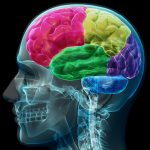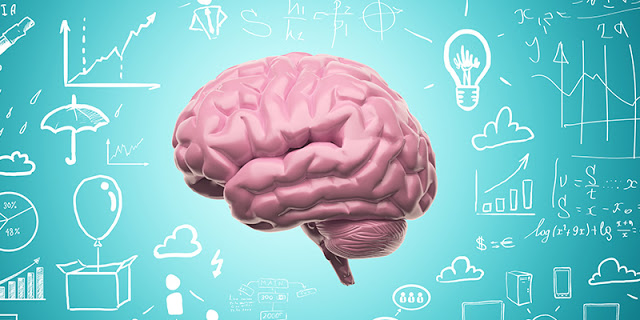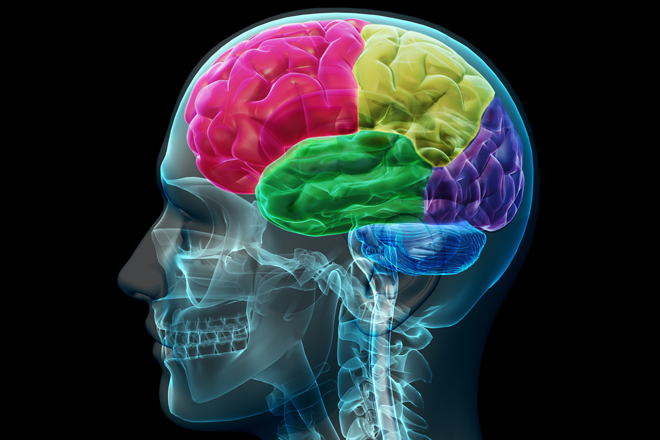In this blog post, I will explain the concepts of ego, id and superego, which are the three components of the human personality according to Sigmund Freud’s psychoanalytic theory. I will also discuss how these components interact with each other and influence our behaviour, thoughts and emotions.
The id is the most primitive and instinctive part of our personality. It is driven by the pleasure principle, which seeks immediate gratification of our biological needs and desires. The id does not care about reality, morality or consequences. It operates on the unconscious level and is the source of our impulses, fantasies and urges.
The ego is the rational and realistic part of our personality. It is driven by the reality principle, which tries to balance the demands of the id with the constraints of the external world. The ego uses reason, logic and problem-solving skills to satisfy the id’s impulses in a realistic and socially acceptable way. The ego operates on the conscious and preconscious levels and is the mediator between the id and the superego.
The superego is the moral and idealistic part of our personality. It is driven by the morality principle, which represents the internalized values and standards of our parents and society. The superego judges our actions and feelings according to these norms and strives for perfection. The superego operates on all levels of consciousness and is the critic and guide of the ego.
The ego, id and superego are in constant conflict with each other. The ego tries to balance the competing demands of the id and the superego, while also coping with the realities of the external world. Sometimes, the ego may use defense mechanisms to reduce the anxiety caused by this conflict. Defense mechanisms are unconscious strategies that distort or deny reality in order to protect the ego from feeling overwhelmed or threatened.
Some examples of defense mechanisms are:
– Repression: Pushing unacceptable or painful thoughts and feelings into the unconscious.
– Denial: Refusing to acknowledge or accept an unpleasant or threatening reality.
– Projection: Attributing one’s own unacceptable or undesirable traits or impulses to someone else.
– Rationalization: Justifying one’s actions or feelings with logical or socially acceptable reasons.
– Displacement: Redirecting one’s emotions or impulses from a more threatening object or person to a less threatening one.
– Sublimation: Channeling one’s unacceptable or undesirable impulses into socially acceptable or productive activities.
Understanding how the ego, id and superego work together can help us gain insight into our own personality and behavior. It can also help us recognize and cope with our defense mechanisms and improve our mental health and well-being.










